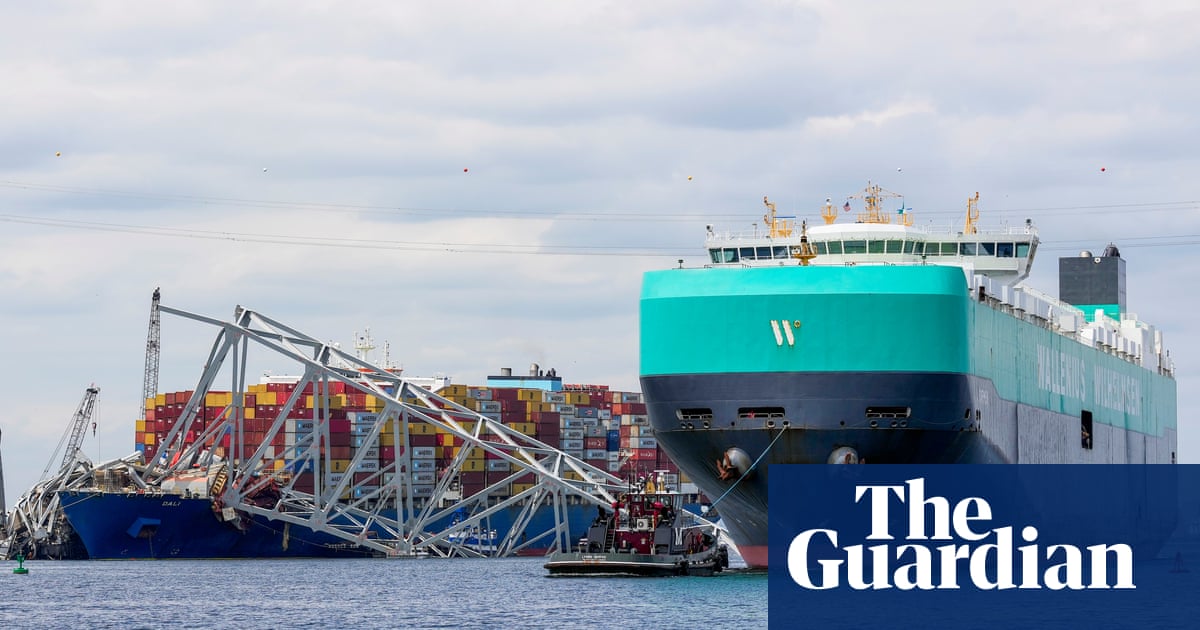Online
Exactly.This is true, sorta. I usually tell people that the problem with the marine business is not that we have a good reputation or a bad reputation, it's that we have NO reputation. The only time anyone ever hears about us is when there is a major casualty. Which is a shame because moving goods by water is the safest, most efficient mode (outside of moving liquids through a pipeline) and we should be putting as much as we can on barges and ships.
Its still an outdoor sport and, as we saw here, there are a lot of things that can go horribly wrong, but relative to the damage caused to life and property by trucks and railways, it the safest way to go and should be something we heavily invest in.
/end of commercial
One "OH CRAP!" wipes out 100 "Great job's!"


